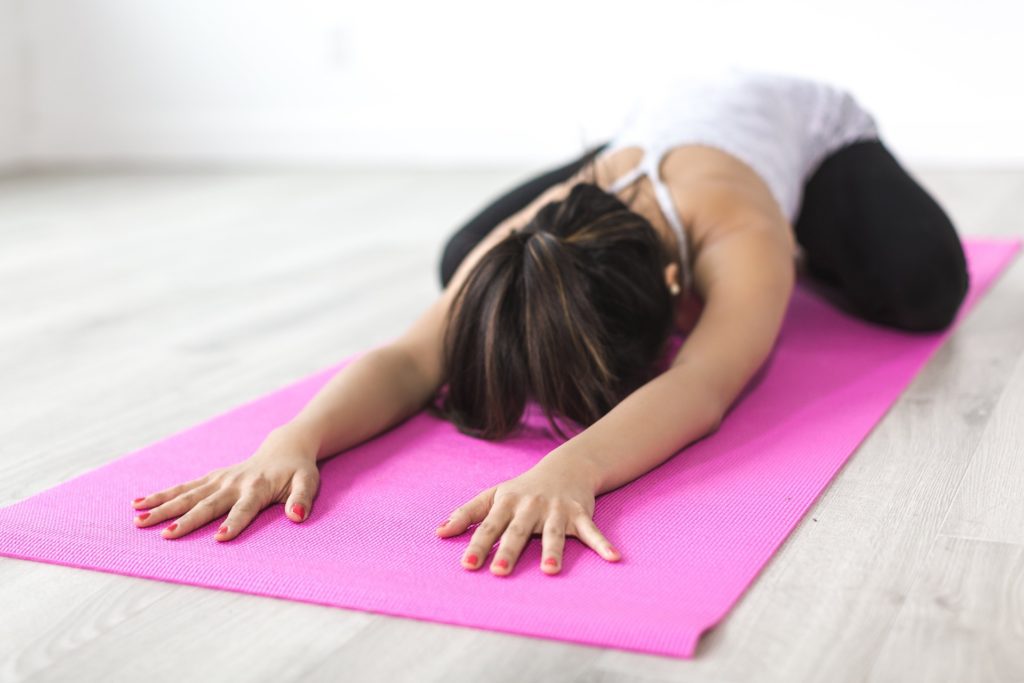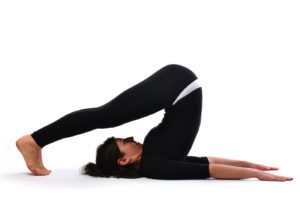Summary: We have carefully selected eight yoga poses to manage the disease of diabetes. With this blog, learn more about yoga for diabetes.
Diabetes is one of the main public health concerns of our time. Diabetes Mellitus, commonly referred to as ‘Diabetes’ is a metabolic disorder in which a person has high blood sugar levels for a prolonged time. Most commonly there are three types of diabetes that can affect a person, Diabetes: type 1, type 2, and gestational diabetes.
Related Health Conditions to Diabetes:
- Nerve Pain: Diabetes can cause nerve pain, medically known as peripheral neuropathy. It can be severe and hard to treat. This condition starts with a tingling sensation followed by numbness and pain.
- Kidney Disorders: In most cases, diabetes is the main reason for kidney diseases and its failure. According to a survey, almost a third of people develop diabetic nephropathy. The reason for kidney failure is that diabetic people tend to have other long-term standing health problems like high blood pressure, high cholesterol, and atherosclerosis.
- Heart Diseases: Many people suffering from diabetes are more likely to develop heart-related problems. By managing diabetes, a person can take good care of the heart.
- Depression: No doubts, diabetes is a serious disease, living with it is a challenge. It can negatively affect an individual’s mental and emotional wellbeing, increasing the chances of having depression.
Managing Diabetes With Yoga
Living with diabetes can be hard and stressful. As yet, there is no cure. Diabetic patients can manage their disease with the science of yoga. As we know, diabetes is a disease that involves a problem with a hormone ‘insulin’ that leads to high blood sugar levels and other health problems. The discipline of yoga involves the practice of yoga asanas and yogic breathing techniques that reduce the production of stress hormones, one of the leading cause for high blood pressure and secretion of glucagon hormone– responsible for increasing the blood sugar levels. The consistent yoga practices facilitate in maintaining a healthy weight and improve the functions of internal glands and organs.
Meditation practices have been linked to a heightened awareness and the mind-body connectedness that promote mindfulness. When a person incorporates mindfulness in their eating patterns, they are more likely to lead a balanced life, which is the key to managing diabetes.
The Eight Yoga Poses For Diabetes:
Child Pose (Balasana):

Start in a kneeling position on your hands and feet on a yoga mat. Breathe to slow down your racing mind. Spread your knees wide with the toes in close contact with the mat. Sit back with the hips on the heels and the spine straight. Exhale, bow forward bringing your torso over the thighs and forehead on the ground. Keep your arms extended behind, palms up and close to the hips. During the yoga teacher training in Nepal, delve into the ontology of child yoga posture.
Thunderbolt Pose (Vajrasana):
Come on your fours (hands under the shoulders and knees beneath the hips on a yoga mat). Sit halfway in a manner that your hips and heels touch each other. Keep the knees and sides of the soles together. Maintain the length of the spine. Rest the hands on the knees, palms down. Practice the nostril breathing. On a yoga retreat in Nepal, you get an opportunity to try the sitting yoga poses.
Plow Pose (Halasana):
Start in Salamba Sarvangasana. On an exhalation, fold from the hips and lower your legs until the toes touch the ground beyond the floor. Try to keep your torso perpendicular and legs fully extended. In the position, lift your thighs and tailbone upward. Draw the chin away from the sternum and soften your throat. Support the back with your hands. During 200 hour yoga teacher training in Nepal, understand the modifications and variations of the plow pose.
the floor. Try to keep your torso perpendicular and legs fully extended. In the position, lift your thighs and tailbone upward. Draw the chin away from the sternum and soften your throat. Support the back with your hands. During 200 hour yoga teacher training in Nepal, understand the modifications and variations of the plow pose.
Bow Pose (Dhanurasana):
Lie on your stomach on the ground. Keep your legs and hands straight. Breathe out, bend the knees, and raise the legs up towards the hips. Fully extend your arms behind to grab the ankles. Keep the knee hip-width apart during the entire length of the pose. Breathe in. Gently lift the heels apart from the hips and at the same time, lift your thighs away from the floor. This action gives rise to a pulling effect in the upper body. Gaze forward.
Seated Forward Fold (Paschimottanasana):

Sit on a yoga mat in an upright stance. Take a deep breath and hoist the arms up. Exhale, bend forward maintaining the spine straight, chest over the thighs, and hands touching the toes. Try to fold deeper with each exhalation.
Cobra Pose (Bhujangasana):
Lie in the prone position. Tuck the elbows to the sides of the torso and set the palms on the floor. Press the palms to lift the chest, head, and torso above the ground. Your navel should rest on the floor. Tilt the head backward and look at a fixed point.
Wheel Pose (Chakrasana):
Lie on the floor in the supine pose. Keep the feet on the floor with knees in bent position. Bend the elbows and place the palms on the ground next to the ears. Pressing the hands, exhale and push the tailbone towards the pubis. Slowly lift the head up and straighten the arms. Come into the full wheel pose.
Big Toe Pose (Padangusthasana):
Stand in Tadasana. Feet 4-6 inches apart. Keeping the legs straight, exhale, and hinge forward from the hips. Curl the index and middle finger around the toes. Compress the toes down against your fingers. Keep the head relaxed.
Adopt the practice of these eight yoga poses along with healthy habits to start a healthier life in order to manage and even overcome diabetes.

About The Author
 Manmohan Singh has been a practitioner of yoga and Ayurveda for the last 12 years. He is managing director of Rishikul Ayurshala, an authentic Ayurveda training institute. The Institue offers ayurveda courses in Kerala India and ayurveda cooking classes in kerala India. The institute’s goal is to provide the simplest healing solutions and treatments for multifarious health problems. Apart from the institute management, Manmohan Singh loves to spend time writing, doing photography and traveling.
Manmohan Singh has been a practitioner of yoga and Ayurveda for the last 12 years. He is managing director of Rishikul Ayurshala, an authentic Ayurveda training institute. The Institue offers ayurveda courses in Kerala India and ayurveda cooking classes in kerala India. The institute’s goal is to provide the simplest healing solutions and treatments for multifarious health problems. Apart from the institute management, Manmohan Singh loves to spend time writing, doing photography and traveling.








